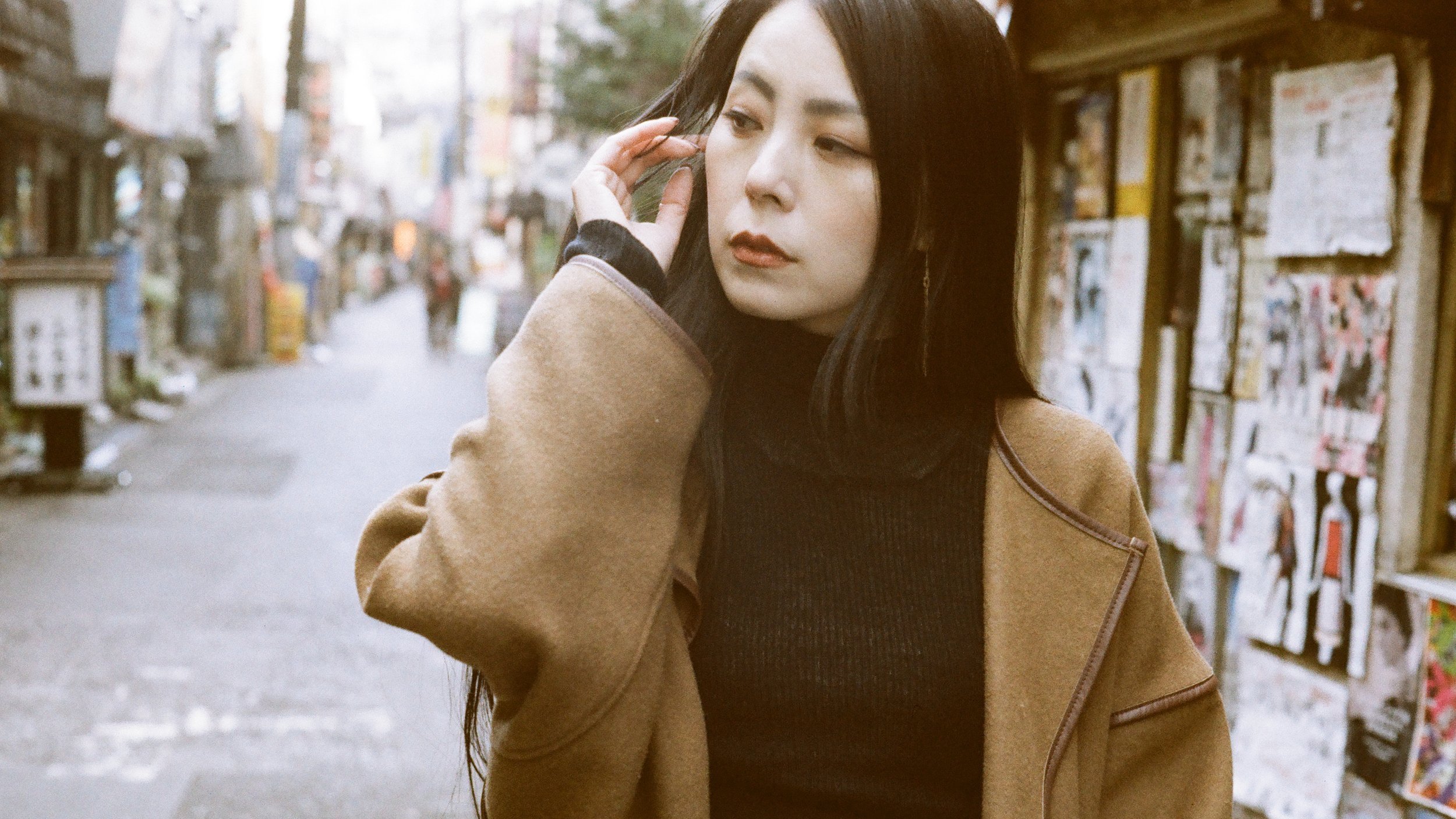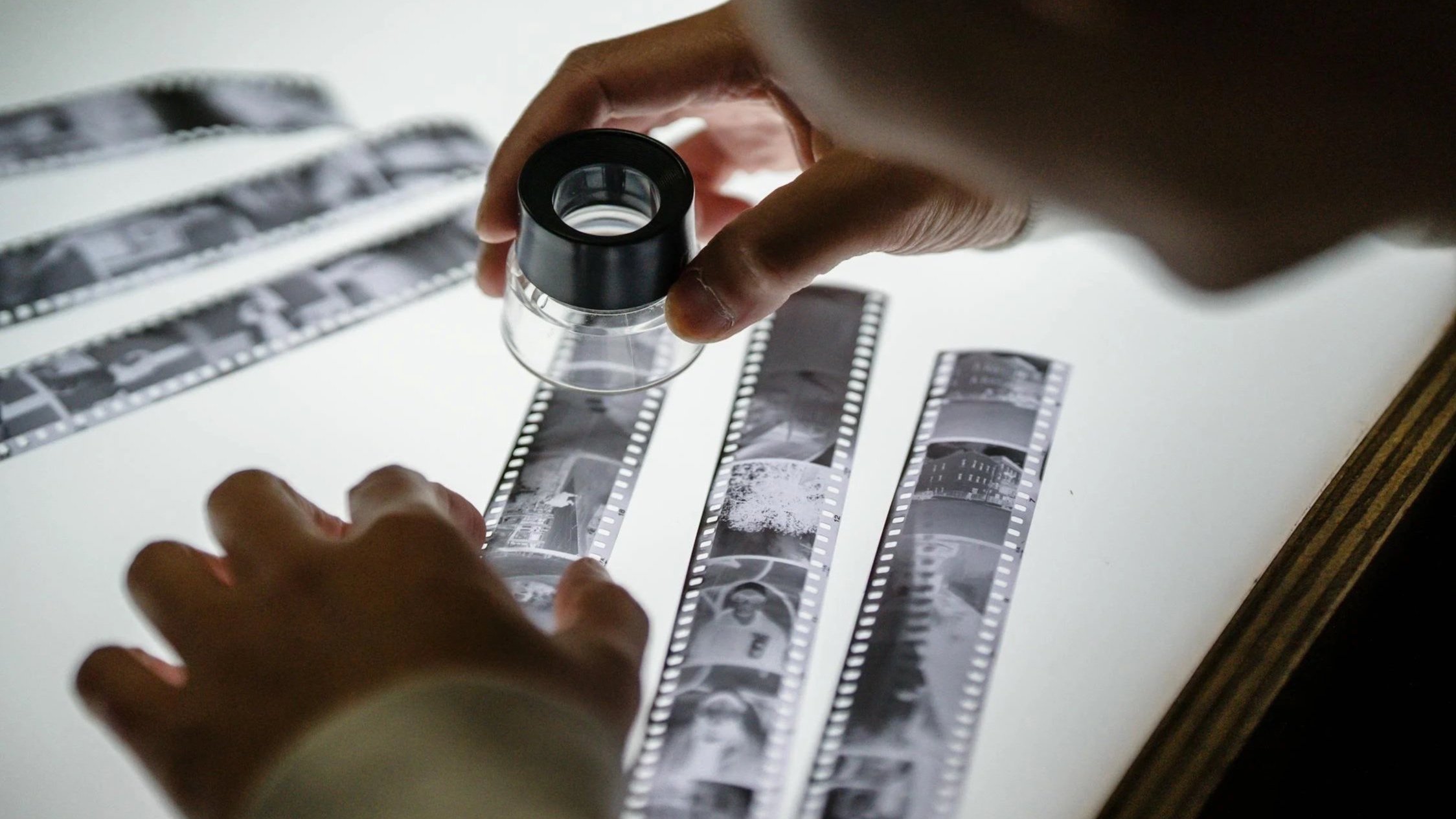Challenges of Photographing Kids in Urban Landscapes: A Jeff Rothstein Photo Essay
Welcome to another captivating photo essay, this time by Jeff Rothstein. We'd love to hear your thoughts. Feel free to comment below and, if you're interested, share your photo essay with us. Your perspectives add valuable dimensions to our collective exploration.
Photographing kids is something close to my heart lately. Some of you probably know this, but I am a father of two small children, which is why I was delighted to see someone actually submit a photo essay on “kids” photography—a task that is frankly not that easy to do nowadays.
Now, you might say these were different times, and it is impossible today. You risk being seen as a creep taking pictures of kids on the street, especially with a telephoto lens. Honestly, I myself have mixed feelings when someone takes pictures of my kids. But the truth is, some of the most beautiful and important street photos by masters like Henri Cartier-Bresson or Helen Levitt would not be possible today. Mary Ellen Mark also took beautiful photos of kids and, as she said, maybe it’s easier if you are a woman. People look at you differently. I sometimes wonder if being discreet is actually better than being obvious since when you are spotted taking pictures of kids and look ‘sneaky,’ that might actually be worse. What are your thoughts on this?
Jeff is right—kids are uninhibited and don’t hold back their emotions, making them great subjects for photos. I would personally disagree with the notion that they are ‘not staring into a cell phone all the time,’ but I guess it mostly depends on how engaged their parents are.
I would be interested in hearing your thoughts about the challenges of photographing kids outdoors nowadays.
- Martin
I've been photographing on the streets of New York City for many decades. I've always felt that kids make the best subject matter, especially when they're at play or interacting with parents. Kids are uninhibited and don't hold back their emotions. They're very expressive and genuine. These days, unlike adults, they're not staring into a cell phone all the time. It all makes for some terrific photo opportunities. Of course, growing up here, kids are savvy and develop street smarts at an early age. That being said, though the overwhelming majority of the kids in these images are New Yorkers, I can't guarantee that every one of them are natives of the city. Since the rise of social media, It's much more challenging to photograph kids than it was back in the day.
Many parents are suspicious of someone snapping away at their children. Helen Levitt might have had to focus on some other subject matter if she were shooting today. There was a period of a number of years when I stopped shooting kids on the street. It just became too much of a hassle. I started again and I try to be as discreet as possible. I feel that kids are an integral part of the chaotic opera of New York City's streets. As someone who chronicles these streets, I realized it doesn't make sense for me not to include them in my images. The vintage images were shot with Nikon SLRs and either Tri-X or HP5 B&W film. All the recent photos were shot with an older Canon digital compact. Because of its CCD sensor it has sort of a filmic look. It's very unobtrusive, yet I don't try to hide it when I'm out shooting. This series in a somewhat different iteration won a silver medal in the Street & Childrens category of the 2023 Paris International Street Photography Awards.
Evolution of Street Photography: Over the decades, how have you seen the landscape of street photography in New York City change, especially in terms of capturing candid moments with children? What are the biggest differences you’ve noticed from the 1970s to today?
It was a lot easier photographing kids back in the day. There were very few photographers roaming the streets. Today, cameras, including phones, are ubiquitous. In those days before social media was even a phrase, parents never complained if I took a photo of their kid. Sometimes they even encouraged me! It was a completely different world.
Challenges of Modern Times: You mentioned that it has become more challenging to photograph children today due to social media and parental concerns. How do you navigate these challenges, and what strategies do you employ to ensure both respect and authenticity in your work?
After a long period of not photographing kids, I realized that I was missing out on a lot of good street opportunities. With my small camera, I try to be discreet and quick. I'm not hiding the camera. When I'm ready to shoot I'm holding it up to my face. Of course, there are times when I'll shoot from the chest if the situation calls for it. I don't want to pass up a potentialIy great shot. I also try not to take a photo with the intent of embarrassing the subject. If a parent, or anybody for that matter, asks me to delete a photo I just took, then I do. I try to avoid a confrontational situation whenever possible. I'm certainly not going to debate with a parent about the laws here re shooting on the streets. They're not interested in hearing that anything that happens on a public street is fair game. They just know that you just took a photo of their child.
Emotional Connection: Kids are known for their uninhibited emotions and expressions. How do you approach capturing these genuine moments without intruding or making them self-conscious? Can you share a memorable moment from your work where this approach paid off?
I capture these expressions and actions because after so many decades of street shooting I'm pretty quick and try to anticipate the next move. They're not self conscious because most of the time they don't realize I just pressed the shutter. It's funny, though. Sometimes when I'm trying to be discreet while street shooting, it's always a kid that notices me, hardly ever the grownups. Shooting with a wide angle up close on the street is an intrusion, of course. It seems like less of an intrusion when it's really crowded, like a corner where everyone is packed in like canned sardines.
Technical Evolution: Your work spans both film and digital photography. How has your transition from using Nikon SLRs and B&W film to an older Canon digital compact camera influenced your photographic style and the way you capture the essence of New York City kids?
Over the years, I've gotten much closer to my subjects. Basically throughout the 70s I was shooting mostly 50mm and 105mm, no wide angles. In the 80s and 90s I was shooting with a 35mm lens almost exclusively, both with my Nikons and a few point and shoot film cameras. My digital point and shoot has a zoom, so on crowded NYC street corners it's almost always set on 28mm. I want the viewer to feel that they're right there with me, experiencing the chaos of the streets.
Jeff Rothstein
Jeff Rothstein - A native Brooklynite and living in Manhattan for many years, I've been
photographing New York City since the dawn of the 1970s. I've had numerous photos published and my work is exhibited internationally. My photobook, Today's Special, New York City Images 1969-2006, was published in 2017. (Website, Instagram)
We'd love to hear your thoughts. Feel free to comment below and, if you're interested, share your photo essay with us. Your perspectives add valuable dimensions to our collective exploration.


















Exploring the challenges of photographing children in public, this essay reflects on the complexities photographers face today, amidst shifting societal attitudes and concerns over privacy.
Picture Story